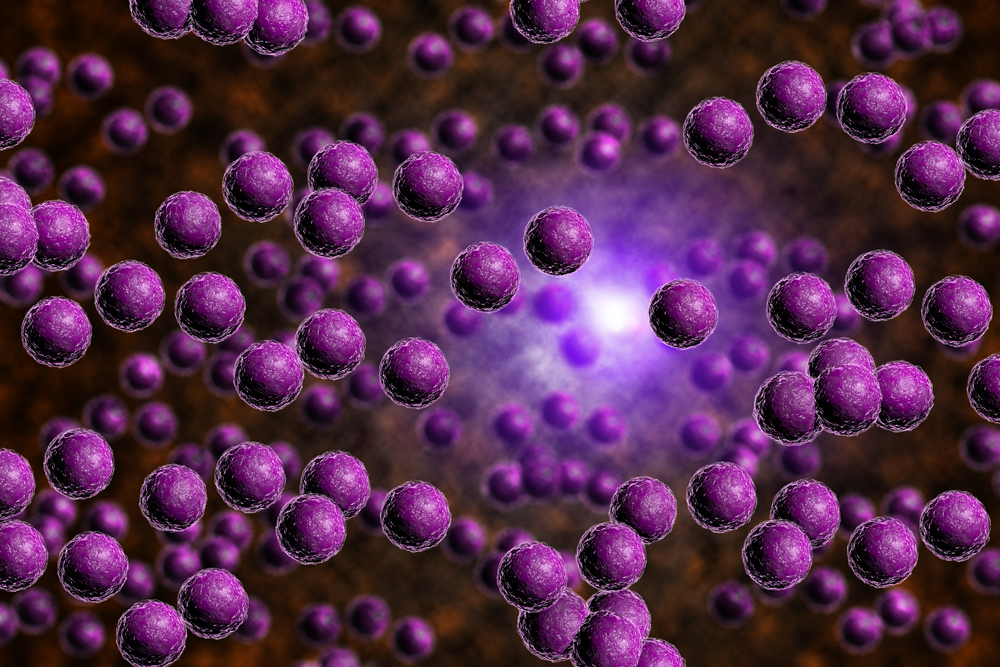Now Reading: Skin Fungus May Help Combat Antibiotic-Resistant Bacteria
-
01
Skin Fungus May Help Combat Antibiotic-Resistant Bacteria
Skin Fungus May Help Combat Antibiotic-Resistant Bacteria

Speedy Summary
- Staphylococcus aureus (S. aureus): About 30% of people carry this bacteria on their skin or in their nose, typically harmless but potentially dangerous when entering open wounds.
- antibiotic Resistance Challenge: S. aureus is infamous for developing resistance to clinical antibiotics,leading to severe infections like boils,blisters,septicemia,and sepsis.
- Finding by University of Oregon Team: Led by biologist Caitlin Kowalski, the team identified a new antibiotic molecule produced by Malassezia fungi found on human skin. This molecule shows effectiveness against S. aureus under specific conditions mimicking human skin acidity.
- mechanism and Limitations: The molecules attack the membranes of S. aureus bacteria but are effective only temporarily as the bacteria evolve tolerance via mutation in the Rel stress response gene.
- Potential Implications for Therapy: Skin microbiome-based therapy could represent a new avenue for fighting antibiotic-resistant infections; however, ongoing research is necessary to understand long-term efficacy.
read More: The Fungus On Your Skin Can Stave Off An Antibiotic Resistant Bacteria
Indian Opinion Analysis
This discovery highlights the untapped potential of india’s robust scientific community to explore indigenous microbiomes for medical breakthroughs similar to global efforts like Kowalski’s research with Malassezia fungi. Antibiotic resistance is a mounting challenge globally and particularly acute in India due to widespread overuse or misuse of antibiotics-a situation worsened by limited access to advanced therapies within rural areas.
Using microbial functions inherent in our natural systems offers an innovative approach that aligns well with holistic traditions like Ayurveda. However, it also stresses the need for caution: adaptive evolution among pathogens ensures solutions based purely on microbial technologies may remain temporary.
For India’s healthcare ecosystem-one grappling with the dual challenge of affordability and innovation-the focus must shift towards supporting R&D projects paralleling these studies while educating populations about responsible antibiotic use. Such findings reinforce potential policy shifts toward integrating bioactive compounds from skin systems into local therapeutics development pipelines.
India has vast biodiversity resources; coupling them strategically with modern microbial technology holds immense promise not only as treatment options but possibly preventive frameworks against superbug proliferation nationwide.



























